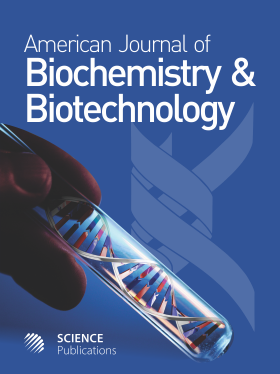Signal Pathway Regulation in Mammalian Cells in Wireless Communication Environment
- 1 College of Life Sciences, Baicheng Normal University, China
Abstract
To regulate the signal pathway in mammalian cells in a wireless communication environment, an LED light stimulation system has been designed and constructed. To avoid interference from too many data lines, a wireless communication mode has been employed. In this study, HeLa cells and Drosophila melanogaster cells are used as the research objects. The CRY2/CIBN light genetic element system is employed to investigate the regulation of signal protein activity in HeLa cells via the PI3K/Akt signaling pathway and in Drosophila melanogaster cells via the Wnt/β-catenin signaling pathway. This is achieved through the use of an LED light with varying stimulation intensities. The results showed that the level of PI (3,4,5) P3 on the HeLa cell membrane was increased, Akt phosphorylation was enhanced, and the PI3K Signal Pathway in the HELA cell was regulated quantitatively. Nek2 activation of the Wnt/β-catenin signaling pathway was dependent on the expression of downstream target genes and the Wnt/β-catenin signaling pathway itself.
DOI: https://doi.org/10.3844/ajbbsp.2025.264.274

- 39 Views
- 11 Downloads
- 0 Citations
Download
Keywords
- Wireless Communication
- Mammal
- Cell
- Signal Pathway
- Regulation
- Protein
